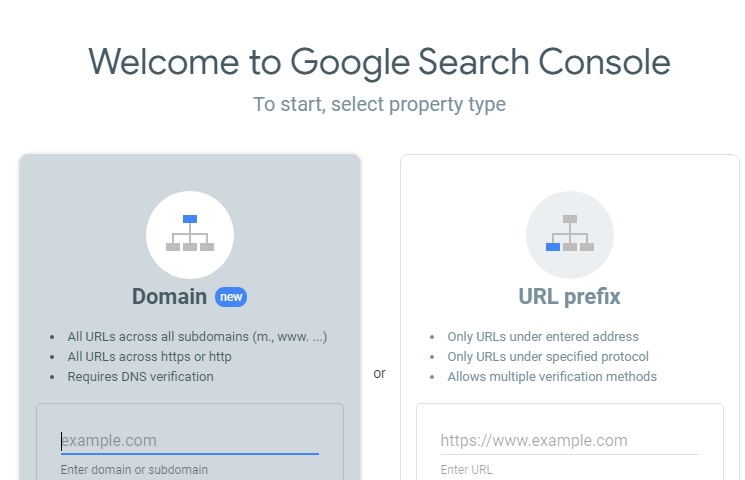How Often Does Google Crawl Your Site?

When you own a website, you have to think about more than just the content you provide – you always have to keep an eye open on your Google presence, too.
Among other things, this presence is determined by your website’s crawl frequency or how often Google will gather new information about your site and update its index.
Since crawling is such an important aspect of your SEO, it would be good to know how often it happens. Furthermore, you should understand the methods that may improve it. This article will explain both.
How Does Crawling Work?
Since there isn’t an official database of all available websites on the internet, Google needs to use different research methods. Therefore, it uses special bots to find new pages on the internet and gather new information.
The crawling algorithm depends on many factors. Sites that were crawled before are easier to find. However, if a website is new, a long time may pass before Google bots notice it – unless you submit a sitemap.
TA sitemap is a list of web pages that you submit to Google, directing the bots to your location. This way Google will register the website much earlier and include it into relevant search results. The first time Google bots crawl your web page, they will frequently return to it to pick up new updates and make changes to your Google Index.
That said, you should be aware that the crawl rate isn’t the same for all websites. Google crawls most websites daily or monthly, and some only once or twice a year. The following section will explain more about the frequency of crawling.

How Often Does Google Crawl Your Site?
Unfortunately, there isn’t a single answer to the frequency of Google crawling. The amount of time it will take for bots to visit your website and register changes may depend on plenty of factors. For example, your website’s activity is one of the major crawl rate parameters.
According to the official Google support page, there’s a special algorithm that decides the crawling frequency for each particular website. This means that if you publish a few articles a day, it won’t take long before they’re displayed on Google’s “News” tab.
Make sure to check and proofread your articles a few times right after they’re published, as this is the period bots will most likely visit the site to gather additional data. After the second day, the bots will rarely return. During this period you should check for mistakes in the titles, subheaders, and the lead paragraphs (the items that appear first on Google search) of your recent uploads.
On the other hand, if you don’t have a site map or you don’t update your website frequently, you should know that Google won’t crawl your site as often as some others. Outdated website design or frequent server errors are other factors that negatively influence crawling.
How to Increase the Crawl Rate?
Google has several different tools and techniques that you may use to increase the crawl rate of your website. The Google Search Console is an essential tool for website indexing and crawling. For example, it has the URL inspection option that allows you to request a crawl on a particular page. However, if you have a big website, providing a site map is always a better and more thorough solution.
In the end, it’s all about the quality of your website and its content. There are countless web pages online and Google can’t check them all, at least not every day. That’s why providing quality content that bots can inspect and index is the most important thing.

Here are some other techniques that should improve your crawl rate:
- a) Use a stable server that doesn’t have connectivity issues.
- b) Try to get inbound links that will direct visitors to your website. If a website linking to one of your pages has a high index rate (or “authority”), Google bots will notice it quickly.
- c) Update your website whenever you can. Add quality content whenever you can – write blogs, add videos, images, and other interactive content such as quizzes or questionnaires.
- d) Use the aforementioned tools to make Google notice you.
- e) Check the SEO value of your website – appealing meta descriptions, short URLs, quick and responsive pages, etc.
- f) Share your content and make others share it for you. Social networks are a perfect platform to bolster your website’s presence and draw in more visitors and activity.
Patience Is the Key
It’s a fierce battle to make Google succumb to your desires. You have to pay attention to tiny details so you attract crawlers and regularly update your website’s index.
However, if you stick to the techniques mentioned above, there’s no doubt that your website will prosper. But, as with most things, you have to be patient. On the other hand, doing nothing will just decrease your crawl rate and it may take months to recover.
Were you aware of these methods? Would you add some of yours? Let us know in the comments.

















One thought on “How Often Does Google Crawl Your Site?”